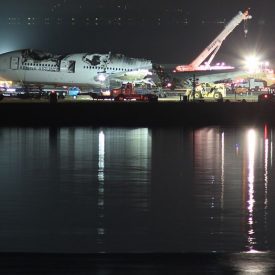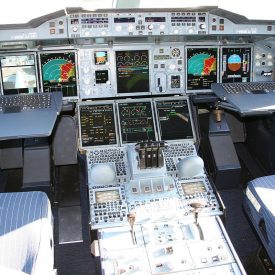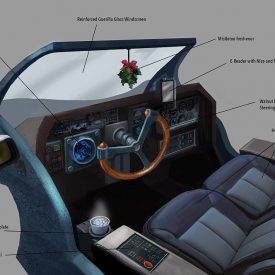Keeping Skills Sharp: Part I, Did You Lose Something?
In this posting (the first in a three-part series), we share the basics of an important new study into pilot proficiency in automated aircraft. Hopefully, it will get you thinking, and perhaps even sharing your own experience with your fellow professionals. In our next posting, we will highlight what we think is the most important …









